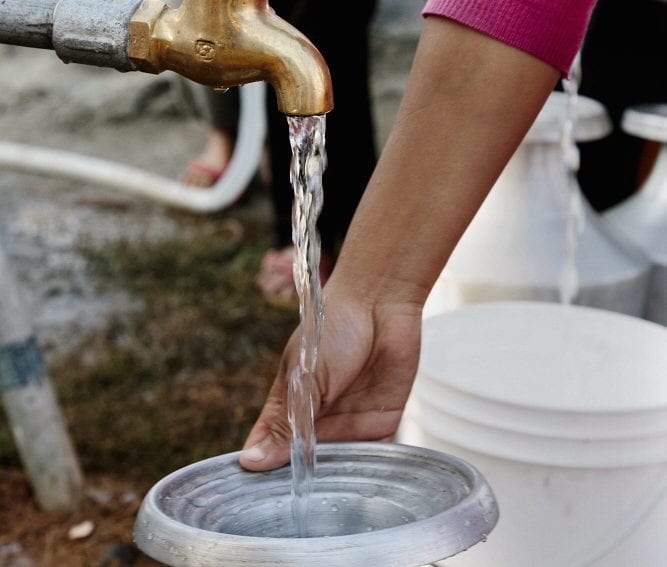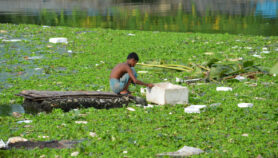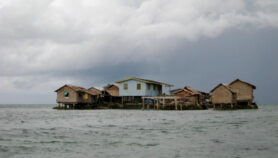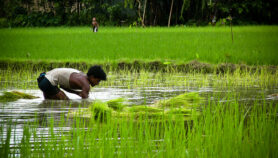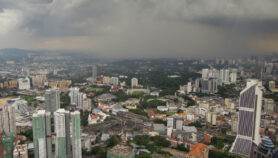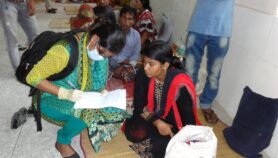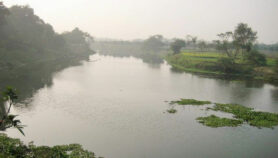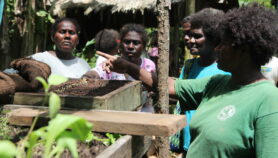By: Tess Raposas
Send to a friend
The details you provide on this page will not be used to send unsolicited email, and will not be sold to a 3rd party. See privacy policy.
[STOCKHOLM] As the countdown begins to a new UN agreement on climate change in Paris this December, water experts want water issues linked up with climate change and global warming.
“We would like that policymakers and state ministers see the direct connection of the effects of climate change on the world’s water resources and for them to act on it accordingly,” says Karin Lexen, director of the World Water Week at the Stockholm International Water Institute (SIWI), a Swedish government-supported agency.
Last 23-28 August, SIWI organised the World Water Week in Stockholm, Sweden, which marked the event’s twenty-fifth year of global water advocacy that attracted thousands of participants from different countries on the global need for clean water and sanitation.
“We would like that policymakers and state ministers see the direct connection of the effects of climate change.”
By Karin Lexen, Stockholm International Water Institute
The event organisers, Stockholm city officials and Rajendra Singh, this year’s water prize laureate recipient from India, led the “water walk” while chanting their appeal to regard water as life itself and to take up a “one world, one water” policy.
“We have expanded our call for clean water and sanitation using art as a medium in relating our message. We are also strengthening the clear connection of water issues to climate change and global warming,” Lexen tells SciDev.Net.
“But we must ensure that this is given due attention at the UN policy level and other international mechanisms,” she stresses.
SIWI executive director Torgny Holmgren underscores the need to keep up with the times through the use of social media, efficient digitalisation and computerisation system.
“There are at least 7,000 tweets a day about the event and over 50,000 viewers of the webcasts but we need to keep improving our efforts to generate more public awareness and to engage the participation of all sectors, especially the regular water consumers,” he tells SciDev.Net.
According to the 2015 UN World Water Development Report, about 1.2 billion people live in areas where water is scarce. Among the key reasons are the erratic distribution of freshwater and diminishing groundwater supplies, with an estimated 20 per cent of the world’s aquifers being overexploited.
In the Asia-Pacific, one of the most disaster-prone regions in the world, sustainability is linked with providing access to safe water and sanitation, meeting water demands of concurrent population loads, improving groundwater management and increasing resilience to water-related disasters.
On the positive side, improved drinking water increased by 19 per cent in South-East Asia from 1990 to 2012 through various sourcing and purification technologies.
However, the UN report cited that nearly 1.7 billion people in the region still had no access to improved sanitation in 2012, a key issue that affects water quality and availability.
This article has been produced by SciDev.Net's South-East Asia & Pacific desk.


